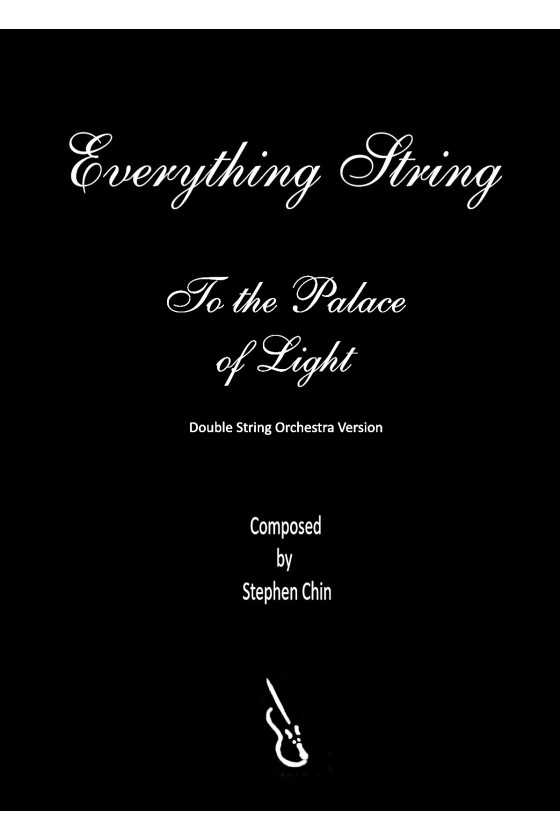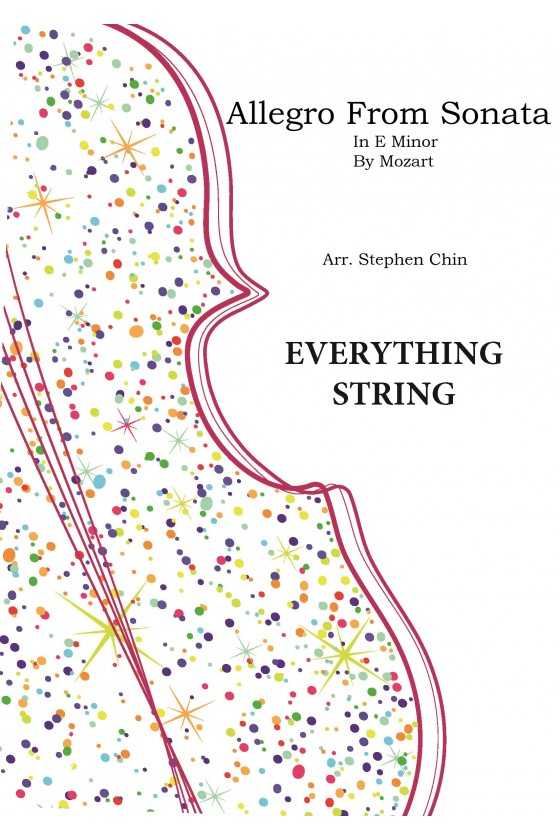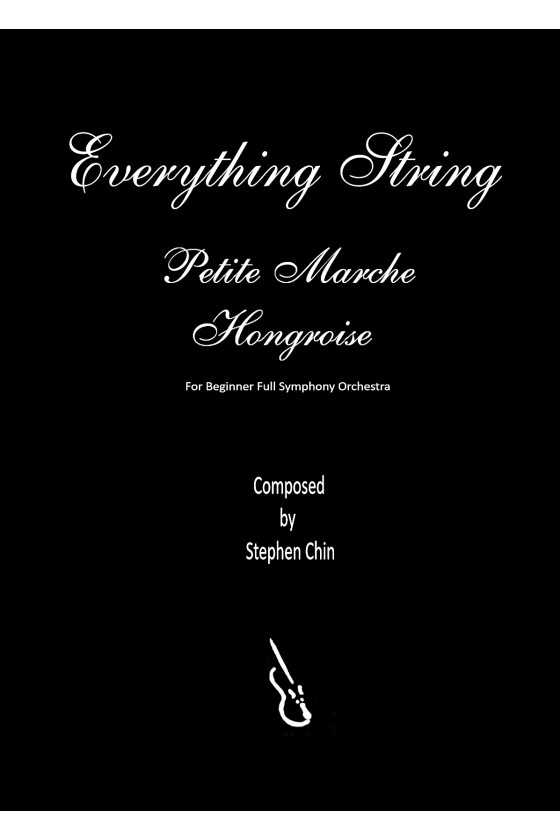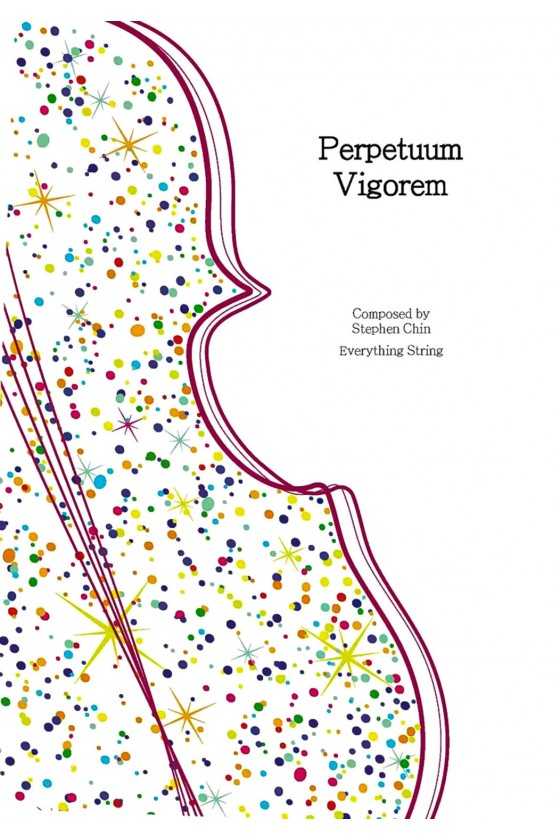Two Night Pieces by Stephen Chin
As the sun sets and the darkness envelops the world, the Midnight Serenade awakens. The haunting melody, which is first heard by the second violins, sends shivers down the spine and sets the tone for the rest of the piece. The lilting waltz-like accompaniment adds a touch of elegance to the eerie melody, creating a unique and captivating atmosphere.
Dark Train is a powerful and driving composition that is based on a simple three-note ostinato. The repetitive pattern creates a sense of urgency and momentum as if the train is rushing through the night. The whistle effects that can be heard throughout the piece add a layer of realism and excitement as if the train is passing by right in front of the audience.
Overall, these two pieces are a testament to the power of music to evoke emotions and transport the listener to another world.
1. Midnight Serenade
2. Dark Train
For String Orchestra Grade 1














